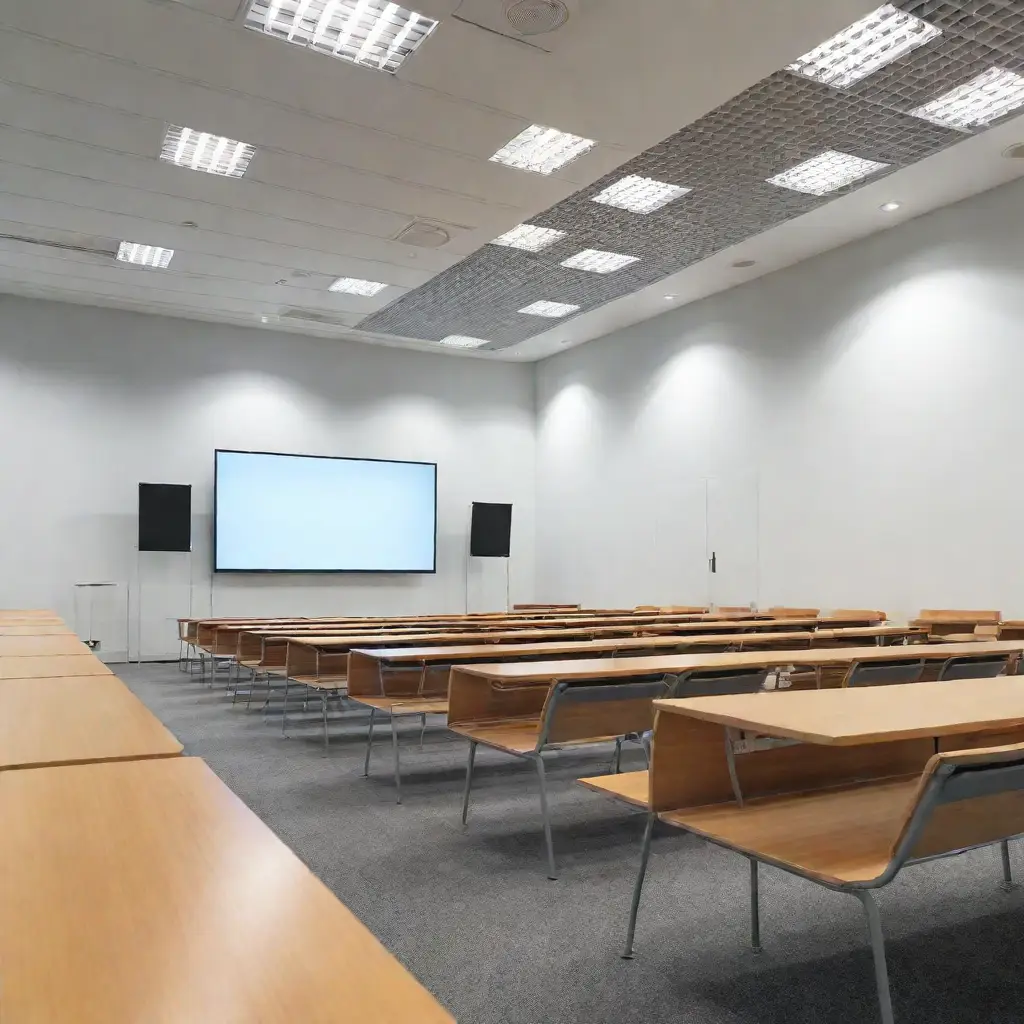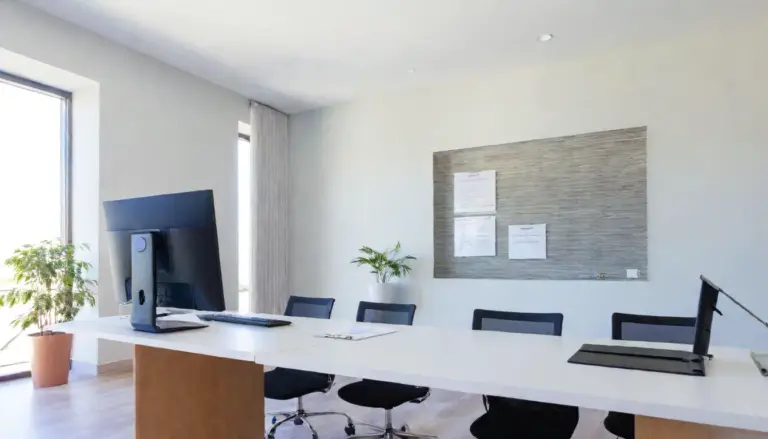Sound masking is a commonly used application for offices. It’s effective in keeping office spaces quieter, which helps employees concentrate. It also protects private conversations throughout the office.
However, the office isn’t the only place sound masking can or should be deployed.
There are several advantages to using sound masking in a wide array of educational environments.
Students actively engaging with their education often generate more sound as they enthusiastically critique, consider and explore their learning materials and communicate with their teachers and peers. Reducing noise in these learning environments has been a challenge for years. Sound masking is an excellent solution for giving students and staff the best opportunity for learning and collaboration.
What is Sound Masking?
Sound masking is the addition of a generated sound—usually pink noise— into an environment to mask unwanted sounds. Masking sound is not an active noise control. It reduces or eliminates the perception of sound.
The technology is promoted as a widespread application to an entire area to improve satisfaction by improving the acoustic privacy of the space. This addition can improve productivity and the ability to focus.
In schools, sound masking can increase student engagement and reduce stress. Since the 1990s, sound masking has benefited schools in libraries, labs, gyms, and classrooms in reducing noise.
Is All Noise Equal?
Our hearing and brain respond to different noises distinctly. For example, having a ventilation system in earshot affects how one hears speech differently from having someone speaking on their mobile phone nearby.
Studies have examined children’s ability to recognize words in the presence of different types of noise, including noises that are identical in all respects except that one sounds more like speech than the other. Findings have shown that speech-like noise tends to be more effective in masking relevant speech sounds than non-speech-like noises.
In the “ABCs” of reducing noise (absorb, block and cover), covering is where sound masking comes in. Sound masking often gets confused with other noise-masking like white noise and speech, which can cause more noise annoyances.
White Noise
White noise is random noise that has a flat spectral density. The noise has the same amplitude, or intensity, throughout the audible frequency range. White noise is so named because it’s analogous to white light, a mixture of all visible wavelengths of light.
White noise acts by blocking the target sound’s energy from being registered in the cochlea. That is, at the most basic level of the auditory system.
Pink Noise
Sound masking relies on pink noise, not white noise. When listening to white noise, like a fan, you can hear the noise. On the other hand, pink noise blends into the background. Pink noise is an enjoyable, low-frequency sound played at a steady volume level. It increases the ambient noise in the room (without people noticing) to make other sounds less noticeable.
School Applications for Sound Masking
Sound Masking Boosts Productivity
Schools can greatly benefit from sound masking technology to increase work concentration, decrease student annoyance from unwanted sounds, and increase work productivity. It can be difficult for students to focus on their work or reading when they can overhear a teacher explaining something to a nearby peer.
Some of the best places to use sound masking for productivity in a school include:
- In a classroom during work time
- Testing halls
- Study rooms
- Hybrid school environments
Privacy
Sound masking is being used more in areas where confidentiality is needed, and highly classified information is being discussed. It also adds to the privacy of every conversation, which is vital for private conversations. Because of the added privacy, sound masking can benefit school areas such as:
- Administrative and counseling office
- Staff rooms
- Libraries
- computer centers
- Health Centers
- Research laboratories
- Student unions
- Residential halls
Create a Better Learning Environment with Sound Masking
If you’re ready to create a private and productive learning environment, we’re here to help. We have all the vendor relationships you need to help you get the best masking solution for your school, library, or office. Learn more about how we can help with sound masking or get started today by contacting us!








